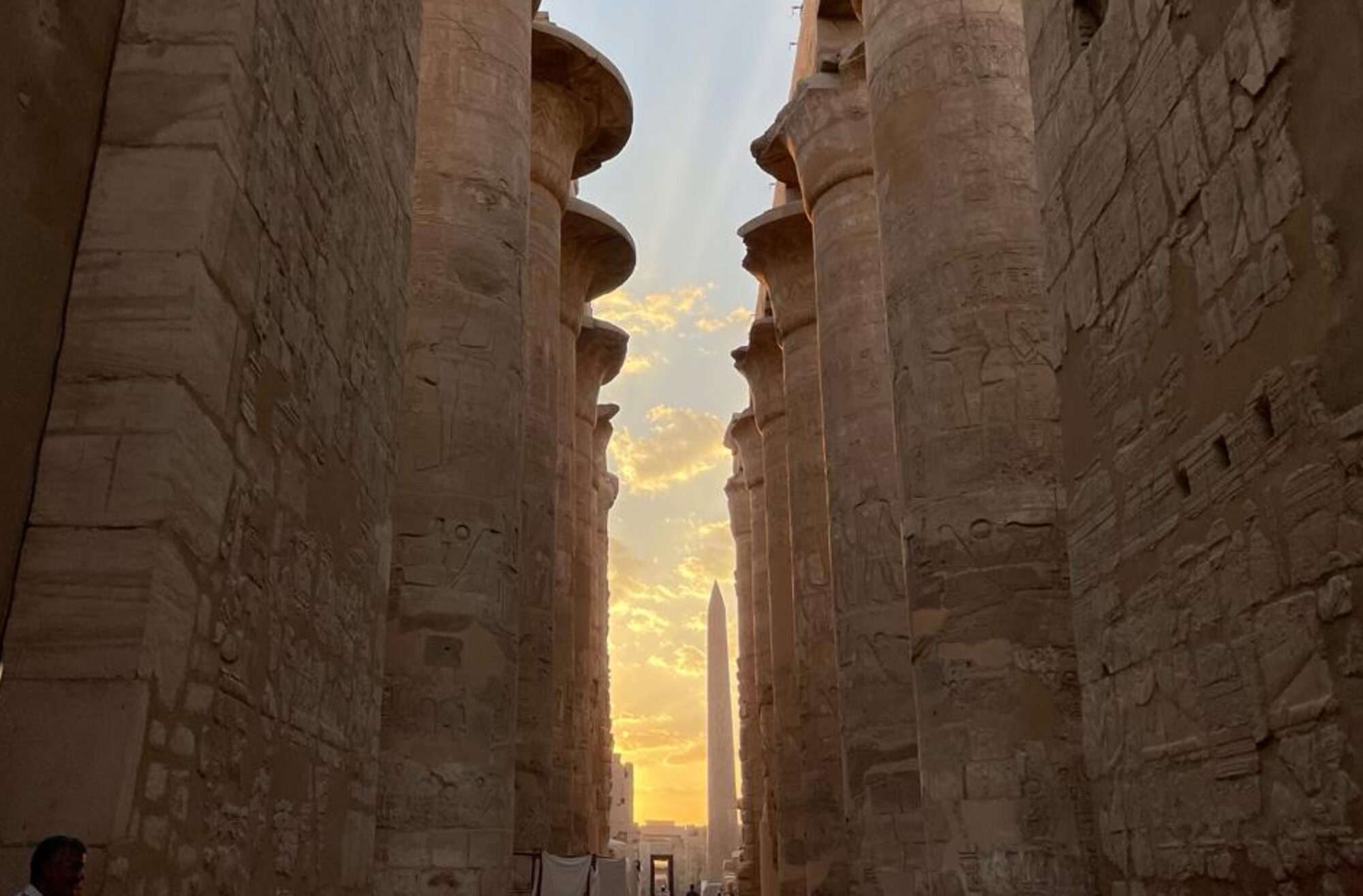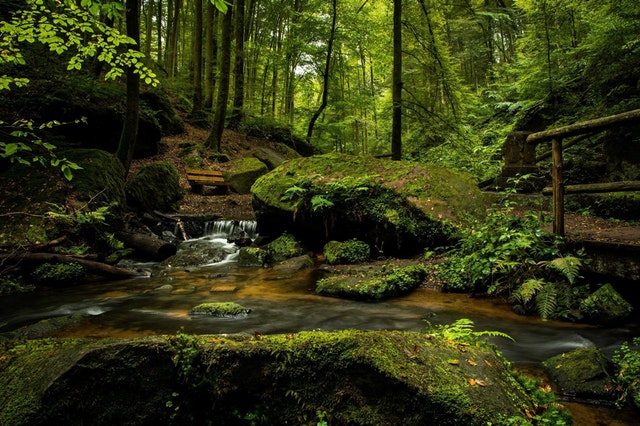Just as your physical body needs regular maintenance and hygiene to remain strong and healthy, so does your subtle body as it is similarly susceptible to gunk, viruses and infections that can clog up your system.
Mastering the art of keeping your energy field clear and sovereign is a vital component of your spiritual development.
You live in a web of connections to other people, even when you are physically distant or isolated. This is especially true of the people you have strong cording to such as current and former lovers, parents, siblings, friends, coworkers, and yes, even clients. In addition, the astral world is full of thought forms and entities that essentially act as viruses. They can replicate themselves and hop from person to person. They can travel along telepathic “phone lines” to and from anyone who has your “number” (in a manner of speaking).
What this means is, unless you learn to “turn off your phone” you will be susceptible to the thoughts and emotions of the world around you.
These connections become especially egregious when someone astrally picks an argument with you and you find yourself sucked into a telepathic fight. This sort of conflict can make you feel angry, beaten, and drained without realizing why. Even worse is a full blown psychic attack when someone directs the full force of their rage or envy in your direction and actively wishes you harm. This can leave you in shreds wondering why you suddenly feel so depleted when everything was fine two minutes ago. A big part of maturing on your spiritual path is recognizing and shielding yourself from these astral influences and attacks, so you don’t end up spending hours in trauma therapy trying to heal something that isn’t yours to begin with.
Remember, cutting cords is not the same as cutting relationships. It is simply about maintaining energetic sovereignty within a relationship, akin to shutting the door to your bedroom when you need to rest, or hanging up the phone when you are done with a conversation.
An effective energetic hygiene regimen should consist of three components: protection, clearing and cultivation.
Protection
As the old adage goes, prevention is better than cure. There are many ways to protect your energy field.
Fundamentally, it’s as simple as setting an intention. Intentions can be spoken silently in your mind, or out loud, or written down. They can be in the form of a prayer or invocation, and may invoke deities, guides or angels of protection, such as Archangel Michael, the god Ganesha, the four directions, or your power animal. They can be visualized, for example, by imagining yourself being zipped up inside a sleeping bag or cocoon, surrounding yourself with a golden sphere of light, or circling your home or your aura with a violet flame.
Other techniques may include drawing sacred symbols on doors and windows (either literally, or with a smudge stick, or crystal wand), and anointing entryways with sacred oil for protection.
The basic principle is to set an intention for protection and then anchor it as fully as you can through words, objects, rituals and so forth.
Clearing
Nevertheless, no matter how careful you are with your protections, all creatures love the light and all sorts of astral things will love to stick to you. You can pick them up during a tense meeting at work or a trip to the grocery store, anytime your aura is too open, when you’re tired and depleted, and when you’ve gotten yourself entangled in an argument with someone.
Physical cleaning actually doubles as an energetic clearing practice: taking a shower, dusting and vacuuming, organizing and purging, etc. are all effective for breaking up pockets of stagnant energy in your home and your aura, and creating space for energy to flow.
Similarly, movement gets energy moving. Simply moving about the house (cooking, cleaning, tidying up) is often enough to clear out the energetic cobwebs.
Beyond this, once a week or so, a salt bath, smudge (with sage or incense) and sprinkling of holy or energized water can be for maintenance. Holy water comes from sacred sources such as rivers or springs. Water can also be energized with intention, ritual, moonlight, sunlight, crystals and so on.
Sound is also very effective for clearing. You can use bells and rattles, buzzing, humming, singing or chanting. For my part, I love to play spiritual music or a protection mantra on repeat (such as the Vajrasattva mantra) while I clean to raise the vibration and ensure the sanctity of my space.
Finally, visualization can be very beneficial as well, such as imagining your aura filled with pure white light, and releasing any cords or attachments, allowing them to fall away, as if you were a non stick surface like Teflon.
Personally I love to use aura clearing oils on my chakras and creating sprays with them.
For the more stubborn attachments, getting help from an energy healer such as myself, can be the best approach.
Cultivation
Subtle energy must be actively cultivated and managed in the same way you rest and exercise your body to grow strength and support your health.
Yoga, dance, and breathwork generate life force, prana, that helps you not only clear your energy field, and elevate your mood, but also helps release tension or inflammation in the body, fight off physical infections, and so on. These practices can also activate shakti, the kundalini-fire-mother-dragon-goddess being that transforms and raises your consciousness, gives you increased magnetism and charisma, and reconfigures your physical body into a body of light.
Things that deplete prana include overdoing, overthinking, not listening to the needs of your body, being phony, and forcing yourself to do things you really don’t want to.
As they often say, the issues are in the tissues. Any time you raise the kundalini shakti energy, you access a greater degree of power to influence others and mould your environment, from healing your physical body, to manifesting your intentions, to attracting a following. The transformation and reconfiguration of your subtle bodies through this force also enhances your psychic senses and ability to access fields of information, such as the akashic records, that can increase your ability to effectively navigate through life.
Breathwork practices that activate shakti are essentially rapid breathing practices, such as kapalabhati, bhastrika, holotropic breathing or the Wim Hof method. Plant medicine, invocations, mantras, ritual, and anything else that solicits help from higher spiritual beings additionally gives you access to the shakti of those beings.
Activating shakti is like busting out the power tools. This gives you more power to clear and release blockages and attachments, especially those that have become embedded in the physical body.
However, as with any physical exercise program, go slow and build your capacity gradually. Purification can be an intense process and can occur in the form of vomiting, headaches, stomach pain, seizures, shaking, shivers, tears, rage or even laughter. Too much shakti can also overheat the body and increase inflammation. Be forewarned and take appropriate precautions to test your sensitivity and make sure you have the time, space, and support you will need to get through the deep cleanse process once it’s activated.
For myself, because I am highly sensitive, a little goes a long way. There really is no need for additional power tools if the kundalini process is already active and flourishing inside you. It has its own intelligence and knows how much you can take. The power tools are most helpful when you find you’re stuck or stagnated in some way, or dealing with something you need to summon all your power for.
Here are some further references if you wish to learn more about these topics:
- Space clearing by Denise Linn: This is a lovely little book that can help you understand the importance of creating and maintaining sacred space in your home
- Energy anatomy and creating strong boundaries: Read Eugenia Oganova’s article on increasing energy flow within the vertical tube and toroidal field
- Psychic attack and releasing cords: Steve Nobel has a wonderful library of articles and meditations to help you with this
- Managing kundalini: There is so much misinformation on this topic that I hesitate to point to an outside resource so I will add a link here once I get around to writing an article on it myself.


